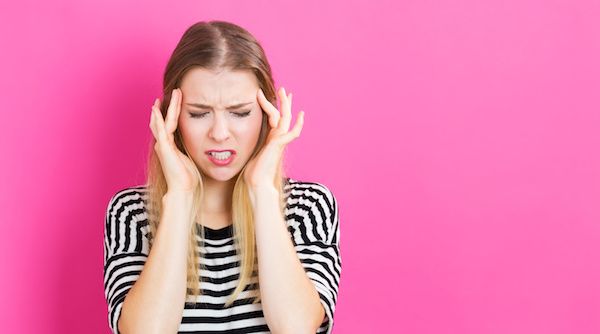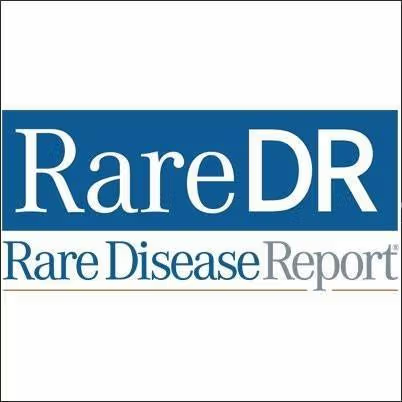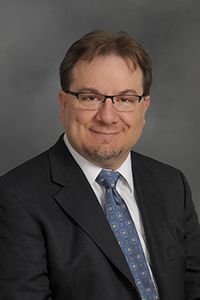Article
BOTOX Could Solve Pediatric Migraines
Author(s):
The muscle injection therapy is currently only approved for adult migraine patients. One researcher wants to change that.

A pediatric-to-adolescent study has found that onabotulinum toxin A (BOTOX) would be a viable preventive therapy for children and teenagers who suffer from chronic migraines.
As a migraine prophylaxis, BOTOX is only approved by the US Food and Drug Administration (FDA) for adult patients. About 1 in 10 children and adolescents in school suffer from migraines, and therapy is usually chosen through “trial and error,” study lead author Shalini Shah, MD, said.
Shah, the chief of the Division of Pain Medicine at the University of California, Irvine, told MD Magazine that migraine therapy differs from pediatric patients to adults. Over-the-counter medicines such as acetaminophen and ibuprofen are usually advised for children, as well as antiseizure drugs such as topiramate (TOPAMAX). Meanwhile, BOTOX therapy is the “paradigm” for adult patients.
“Most scientific evidence has not shown the clear-cut reason for why migraines occur,” Shah said. “Therefore, there is no cure for migraine. The next best thing — if we can’t cure it, we can prevent it.”
Injection BOTOX therapy works as a prophylaxis by binding to muscles and inhibiting relaxation and contraction over 12 weeks. Shah first considered the treatment for younger patients about 5 years ago.
The study was a retrospective trial of 9 children and adolescents aged 8 to 17 years old. All participants suffered migraines between 8 and 29.5 days per month, and had previously tried recommended medications without much pain relief.
The patients received BOTOX injections in the front and back of the head and neck every 12 weeks during a 5-year evaluation period. The rate of monthly migraines dropped to 2 to 10 days.
The therapy also proved to limit the duration and strength of migraines. Pre-trial patient migraine lengths were recorded between 30 minutes and 24 hours, but dropped to between 15 minutes and 7 hours during treatment. Mean patient-reported pain, on a scale of 1 to 10, dropped about 3 points during treatment.
These 3 tests — frequency, length, and strength of migraines — quantify clinical understanding of migraines, Shah said. With all 3 endpoints being reached, she’s looking forward to progressive studies.
“I wanted it to be very specific — limited to children and adolescents with chronic migraines,” Shah said. “It’s still not robust enough to quantify to the FDA to use these treatment for children. We would need a randomized, controlled trial.”
Such a trial — with funding from the American Society of Regional Anesthesia and Pain Medicine (ASRA) — is currently in the process of enrolling patients. Shah hopes to strengthen a case for FDA extending BOTOX’s approval for pediatric and adolescent patients.
Adults patients who suffer from migraines will simply stay from work, Shah noted. Younger patients still in school are impeded the chronic condition. Many of the patients to undergo the trial had already begun homeschooling, due to their migraines limiting their regular schooling.
“When children and teens have migraine pain, it can severely affect their lives and ability to function,” Shah said. “They miss school, their grades suffer and they are left behind, often unable to reach their full potential. Clearly there is a need for an alternative treatment for those who haven’t found relief.”





